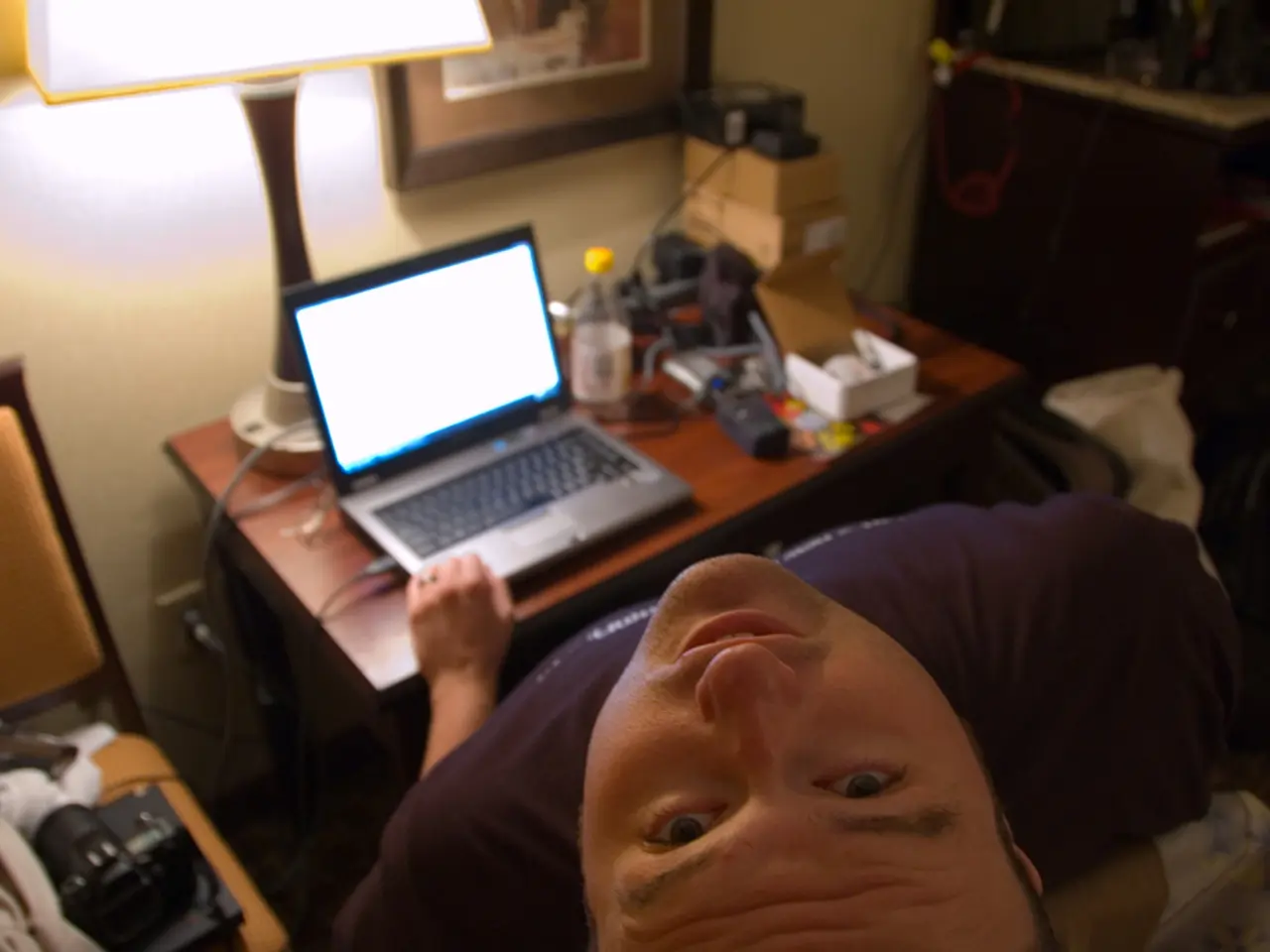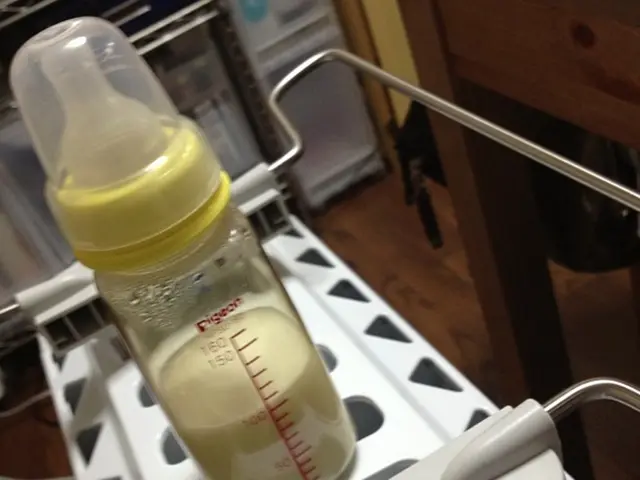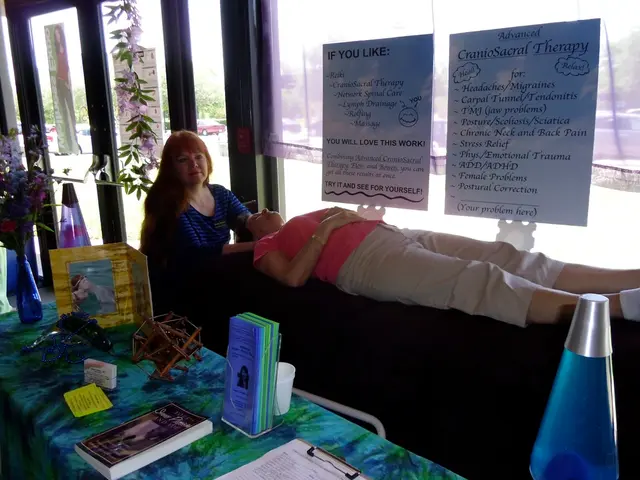Headache Alleviation: Key Spots, Efficiency, and Strategies
In the realm of alternative therapies, acupressure and acupuncture have gained significant attention for their potential in treating migraines and tension-type headaches. A recent study of 56 adults with frequent tension-type headaches found no significant difference between massage therapy and placebo therapy, but the massage group reported more significant reductions in pain [1].
Acupressure, a non-invasive technique that involves applying physical pressure to specific points along energy lines called meridian lines, has shown promising results. A 2025 study published in the *Headache Journal* reported that acupressure can reduce pain intensity by about 50% in emergency room cases of migraine [2]. One such point, the LI-4 point, located between the base of the thumb and index finger, has been found to alleviate headache pain [3].
However, when compared to acupuncture, the evidence supporting the effectiveness of acupressure is less extensive. While acupressure may provide meaningful pain reduction in migraine attacks, it is acupuncture that currently enjoys stronger clinical evidence. A 2024 Cochrane review showed that acupuncture reduced migraine frequency by 41% after 3 months of treatment [2]. For tension-type headaches, pooled analyses and several randomized controlled trials confirm statistically significant benefits of acupuncture over sham treatments and some prophylactic medications [4].
Acupuncture is considered as effective as conventional drug prophylaxis with additional safety advantages [4]. Traditional acupuncture has been widely reported as highly effective for both tension headaches and migraines [5]. However, more high-quality randomized controlled trials focusing specifically on acupressure are needed to firmly establish its efficacy and compare it directly with acupuncture and pharmacological treatments.
Despite the limited scientific research, acupressure may be valuable as a complementary or at-home method for symptom relief. Tips for acupressure include sitting or standing comfortably, applying firm and consistent pressure, practicing deep breathing, and stopping treatment if new or worsening symptoms occur. Some popular pressure points include the Gates of Consciousness pressure points, located in the hollow spaces on either side of the spine, just beneath the base of the skull; the third eye pressure point, between the eyebrows; and the Union valley or Hegu pressure point, on the loose skin between the thumb and index finger.
In conclusion, while acupressure appears to be an effective method to reduce migraine pain intensity and possibly tension-type headache pain, acupuncture remains better supported by clinical evidence for long-term prevention and management of these headache disorders. People should consult their doctor before starting new forms of treatment, and may consider working with a trained massage therapist or reflexologist to learn more about acupressure points. Further studies are needed to support the claim of the effectiveness of acupressure for headaches and to compare it directly with acupuncture and pharmacological treatments.
References: [1] Headache Journal, 2025 [2] Cochrane Database of Systematic Reviews, 2024 [3] National Center for Complementary and Integrative Health [4] American Academy of Neurology [5] British Acupuncture Council
- Although massage therapy may offer temporary pain relief for tension-type headaches, as suggested by a recent study, its efficacy is not as substantiated as that of acupressure and acupuncture in treating migraines and tension-type headaches.
- The science of health-and-wellness continues to explore alternative therapies for mental-health issues, including headaches, with acupressure and acupuncture gaining considerable attention due to their potential in reducing migraine and tension-type headache pain.
- While acupressure shows promise in reducing migraine pain, acupuncture enjoys stronger clinical evidence, as evidenced by a 2024 Cochrane review that showed a 41% reduction in migraine frequency after three months of treatment.
- In the realm of other alternative therapies, acupuncture is considered as effective as conventional drug prophylaxis for both tension headaches and migraines, and it offers additional safety advantages over pharmacological treatments.




